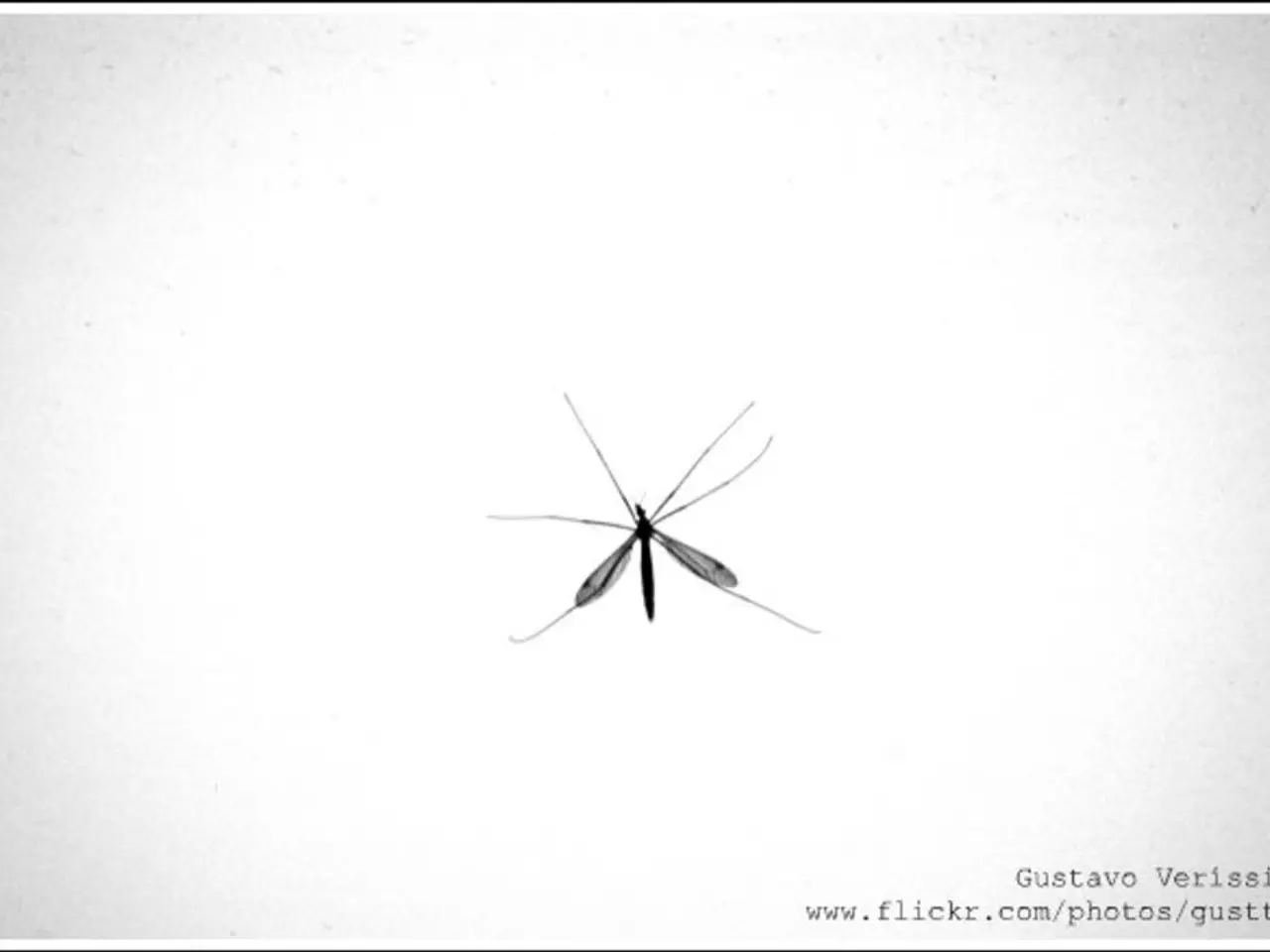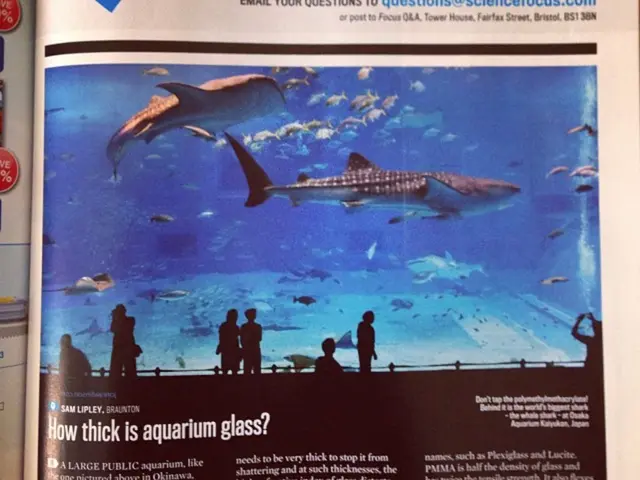Citizen Scientists Fight Mosquito Diseases with AI-Powered Image ID
Citizen scientists are helping combat mosquito-borne diseases through the Mosquito Alert project. A new method developed by UOC researchers uses neural networks to identify mosquitoes from images taken by volunteers on their mobile phones, even in challenging conditions.
Mosquito Alert, coordinated by CREAF, UPF, ICREA, and CEAB-CSIC, relies on volunteers to collect images and data. The greatest challenge in identifying mosquitoes from these photos is the uncontrolled conditions and additional objects present in the images.
The UOC research team, focusing on the network society and e-health, has developed a solution. They trained neural networks using convolution, pooling, and activation layers to learn patterns and classify mosquito species. These networks can analyze large datasets and detect small variations, making them ideal for the Mosquito Alert platform.
The study, published in IEEE Access, demonstrated that deep neural networks can match human experts' accuracy in distinguishing mosquito species, even with images taken in less-than-ideal conditions. This breakthrough supports the United Nations' Sustainable Development Goal 3, ensuring health and well-being for all.
The Mosquito Alert project and UOC's research demonstrate the power of citizen science and technology in combating mosquito-borne diseases. By accurately identifying mosquitoes from volunteer photos, even in challenging conditions, this method enhances the project's effectiveness and supports global health goals.
Read also:
- Abu Dhabi initiative for comprehensive genetic screening, aiming to diagnose over 800 conditions and enhance the health of future generations in the UAE.
- Elderly shingles: Recognizing symptoms, potential problems, and available treatments
- Protecting Your Auditory Health: 6 Strategies to Minimize Noise Damage
- Exploring the Reasons, Purposes, and Enigmas of Hiccups: Delving into Their Origins, Roles, and Unsolved Aspects





